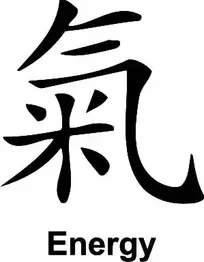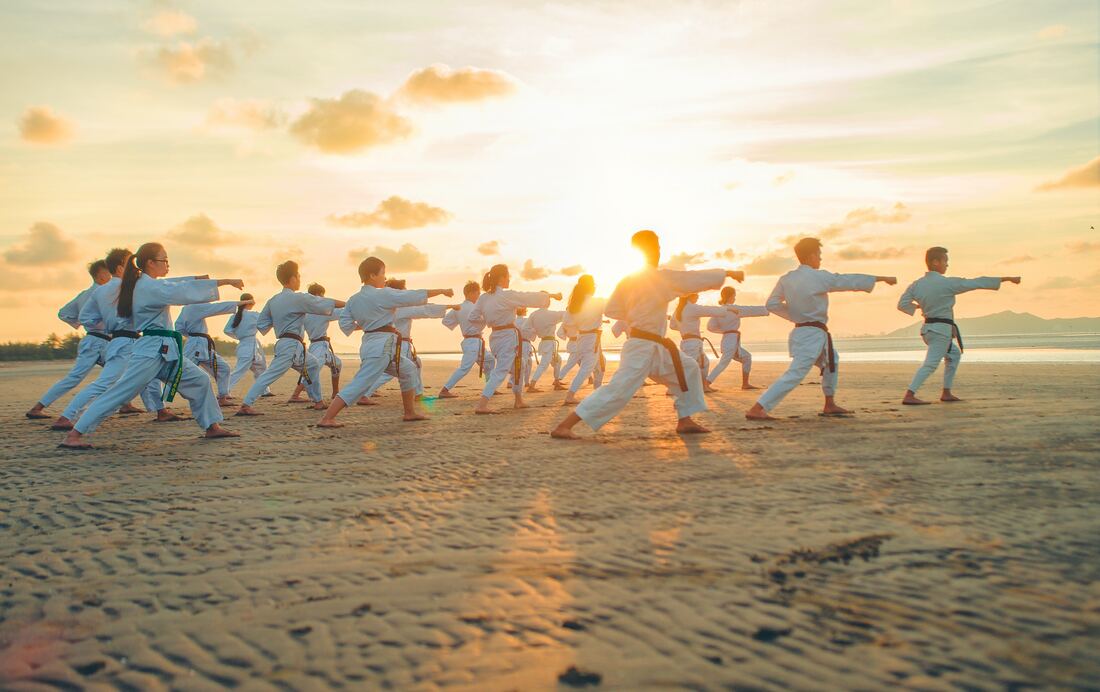 By: Benjamin Cole Concluding this three part series on Evolve Blog we are going to talk about Tai Chi and qigong, mind-body meditation/martial arts practices originating from ancient China. Be sure to tune into this week's later blog on proper squatting mechanics. Although not currently offered at Evolve Fit Studios, not mentioning Tai Chi in a mind-body series would be a tremendous disservice. Tai Chi and qigong are two of the world's premiere mind-body practices and this brief piece will outline its origins, the essence of qi and Tai Chi, and the benefits of the practice. What are Tai Chi's origins? Tai Chi has been a staple of Traditional Chinese Medicine (TCM) for thousands of years. Unlike its Hindu counterpart yoga, Tai Chi actually doubles as a self-defense system in addition to it being a healing modality. In the past, Tai Chi was passed along through oral tradition only, being primarily a practice for Chinese nobility. Come the turn of the 18th and 19th century, Tai Chi became a more publicly recognized martial art form in China, from being taught in the military to even public health. "The history of Tai Chi includes an interweaving of three deep influences of Chinese culture," writes Dr. Peter Wayne in his pioneering book, The Harvard Medical School Guide to Tai Chi. "Martial arts, healing arts, and philosophy." Tai Chi is a particularly unique mind-body practice in this way; no other mind-body system in the world has as a rich a substrate in these three domains and interlink them into one practice. Tai Chi loosely translates to "Supreme Ultimate," or Tai Chi Chuan meaning "Ultimate Fist." Tai Chi has time-tested benefits for the body, mind, and spirit and is widely accepted as a martial art on top of being a healing art. What is Tai Chi? Qigong? What're the benefits? Tai Chi is a collection of evolving movements that are slow, graceful, and often circular in nature that are designed to cultivate, charge, and circulate the life force (qi) of the human body. It's been shown to gently massage the organs allowing for better digestion, increase blood flow throughout the body, and bring healing to physical and mental ailments. There have been hundreds of studies conducted on the benefits of Tai Chi and qigong, including hundreds of randomized trials that show compelling evidence these practices have immunological, cardiovascular, and mental health benefits. Worth noting is that belief in the practice is critically important, as the "placebo effect" can work to our benefit. The body and mind are deeply intertwined, and the belief that the practice will benefit the practitioner is the bedrock upon which the healing happens. Qigong, as opposed to Tai Chi, is a slower, more meditative practice that acts as a partner to the martial arts aspects of Tai Chi. Often qigong is the other side of the coin to Tai Chi. For decades, Western researchers have been seeking to quantify the healing aspects of Tai Chi and qigong, trying to capture the elusive "qi" or "chi" with modern methods and placebo studies. Only until very recently, using cutting-edge technology like the superconducting quantum interference device (shorthand SQUID), have scientists been able to measure the subtle electro-magnetic energy fields emanating from the human body and heart. Simply put, qi is our vital life force, our spirit, something difficult to scientifically quantify. Qi has been best translated as "steam," in the sense that steam is the end product of work (energy) given to water, being we are 70%+ water. Like in Hindu with Prānāyāma meaning "life energy modulation/control," qìgōng, 氣功, means "life energy work, cultivation." An embedded cosmology? Like yoga again, there is an implicit cosmology (an understanding of the universe) that comes with practicing Tai Chi or qigong. In essence, the practice intends to teach that human being are a sacred bridge between Earth and the cosmos, and the practice aligns ones internal energy and essence with that of the universal energy and essence. This is what makes the practice so potent. Dr. Wayne mentions that the practice becomes "an embodied spirituality" in that multiple components become unified in one practice. He captures it in his "Eight Active Ingredients of Tai Chi":
-- Hopefully this piece illuminated a deeper understanding of qigong and Tai Chi. The practices are similar in nature but different in practice, and both have been shown to offer a multitude of benefits at a physical, mental, and spiritual level. If you found this interesting, be sure to check out the first two posts of this three part series on yoga and pilates.
0 Comments
Leave a Reply. |
Evolve Fitness StudiosCheck out posts from our trainers, healthy recipes, and tips for staying motivated and more! Categories
All
|


 RSS Feed
RSS Feed
